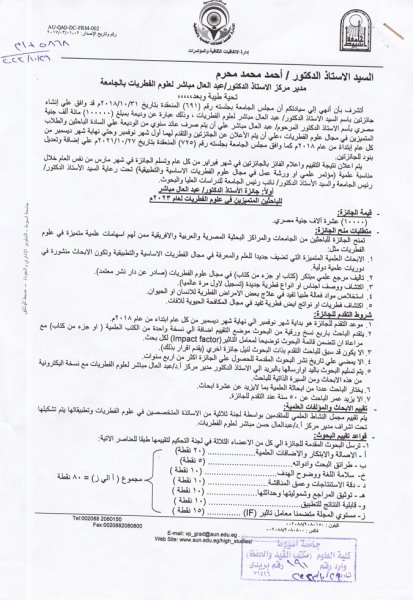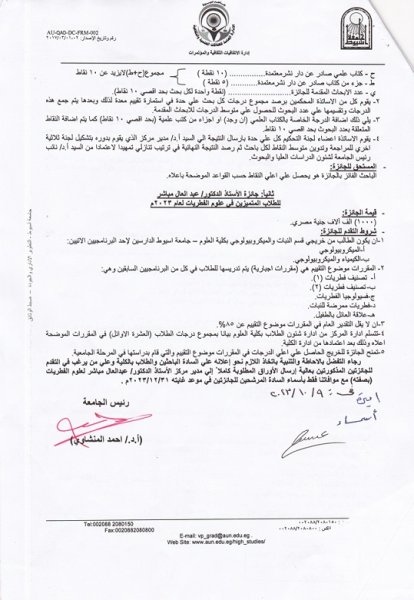Research Abstract
This study aimed to use organic fertilizers, e.g., compost and manures, and a halophytic plant [wavy-leaved saltbush (Atriplex undulata)] to remediate an agricultural soil polluted with toxic elements. Compost or manure (1% w/w) was added to a polluted soil in a pot trial. The application of the organic fertilizer, whether compost or manure, led to a significant improvement in the growth of the tested plant. From the physiological point of view, the application of organic fertilizers to polluted soil significantly increased the content of chlorophyll, carotenoid, and proline and, furthermore, led to a clear decrease in malondialdehyde (MDA) in the plant leaves. The highest significant values of organic carbon in the polluted soil (SOC) and cation exchange capacity (CEC) were found for the soil amended by compost and planted with wavy-leaved saltbush. Manure significantly reduced the soil pH to 7.52. Compost significantly decreased Zn, Cu, Cd, and Pb availability by 19, 8, 12, and 13%, respectively, compared to the control. On the other hand, manure increased Zn, Cu, Cd, and Pb availability by 8, 15, 18, and 14%, respectively. Compost and manure reduced the bioconcentration factor (BCF) and translocation factor (TF) of Cd and Pb. Compost was more effective in increasing the phytostabilization of toxic metals by wavy-leaved saltbush plants compared to manure. The results of the current study confirm that the application of non-decomposed organic fertilizers to polluted soils increases the risk of pollution of the ecosystem with toxic elements. The cultivation of contaminated soils with halophytic plants with the addition of aged organic materials, e. g., compost, is an effective strategy to reduce the spreading of toxic metals in the ecosystem, thus mitigating their introduction into the food chain.
Research Authors
by Jianjian Li 1,Yajun Chang 1ORCID,Arwa Abdulkreem AL-Huqail 2,*ORCID,Zheli Ding 3ORCID,Mohammad S. Al-Harbi 4,Esmat F. Ali 4ORCID,Amany H. A. Abeed 5ORCID,Saudi A. Rekaby 6ORCID,Mamdouh A. Eissa 7,*ORCID,Adel M. Ghoneim 8ORCID andSuzan A. Tammam 5,9



